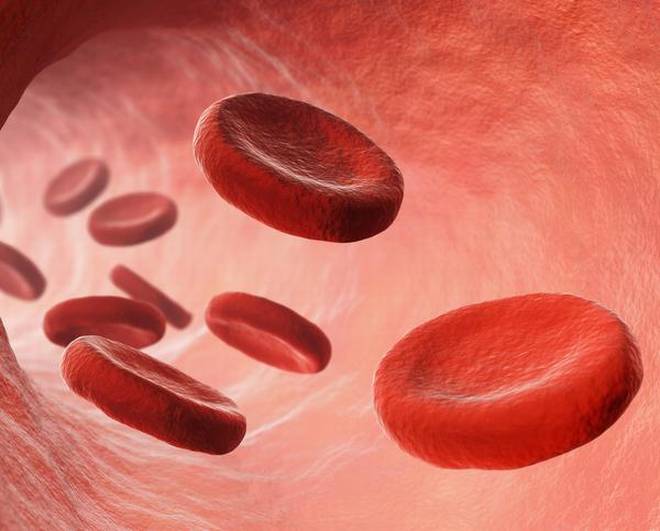The future of Medical Diagnosis: World’s First Cell-sized Robots designed to detect diseases

The scientists at the Massachusetts Institute of Technology have designed an advanced method for mass production of micro-robots as small as the size of a cell. These cell-sized robots can be used for monitoring and searching for diseases within the patient’s body while floating in their bloodstream. These robots can also be used for monitoring defects in oil and gas pipelines.
The secret of making these tiny robotically advanced devices, which the MIT scientists call "syncells" (synthetic cells), in high volume, lies in controlling the fracturing characteristics of the atomically thin, and brittle materials. The procedure, called "autoperforation," is used in their design for fracturing lines with the goal that they generate minuscule pockets of an anticipated shape and size.
Installed inside these pockets are electronic circuits and materials that can gather, record, and yield information, as indicated in the study published in the Nature Materials journal.
An MIT professor, Michael Strano confirmed the tiny size of these robots claiming that they are only about 10 micrometers like a red blood cell, and also appear and behave similarly to a “living biological cell”. Further, he also added that under a microscope, most people would be able to find the difference between a human cell and the “syncell”.
How are Syncells produced?
One layer of this material is spread on the surface, then a tiny polymer dot containing electronics is deposited on it. Then, another layer of graphene is put on the top.
Strano talked about the material stating that most patients assume graphene to be a floppy when it is an ultrathin yet extremely strong material. The brittleness of the graphene helps the system in efficiently controlling the fracturing of the material, by preventing it from generating random shards.
For demonstration, the team of scientists “wrote” letters M, I, T in the memory of syncell, to test its electrical conductivity. This information can be read via an electrical probe, showing that this material has the functionality to create an electronic memory which can write, read, store and erase at will.
The data can be retained without power requirement, allowing the information to be retrieved later.
The researches have also demonstrated that the stability of the syncells is not tampered even after months despite floating in water, that is a harsh solvent of electronics.
Verdict
Syncells is without a doubt an efficient innovation in the medical world which might eventually replace the requirement for the diagnostic tests. However, it is too soon to expect anything from them as the technology is still being tested. We are still unaware about what conditions can be identified by the robotic cells. And it is yet to be determined whether they will have any harmful effect on the patients.
Readers can learn more about the production of these cells by referring to the following articles:
http://news.mit.edu/2018/how-mass-produce-cell-sized-robots-1023
Subscribe to our Blog, to get daily updates on the advancements of the medical world.





